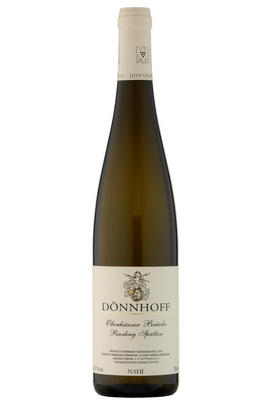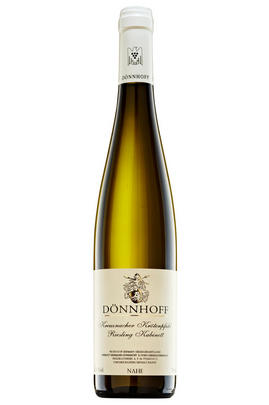£98.00
– bottle
(75cl)
Add item
2010 Riesling, Auslese, Wehlener Sonnenuhr, Goldkapsel, Joh. Jos. Prüm, Mosel, Germany
White
2010
Drink, youthful
Medium Bodied
Sweet
8.0% Alcohol
Find out more
Available in bond
2010 Riesling, Auslese, Oberhäuser Brücke, Goldkapsel, Dönnhoff, Nahe, Germany
White
2010
Drink, youthful
Medium Bodied
Sweet
7.5% Alcohol
Find out more
Available in bond
2010 Riesling, Auslese, Bernkasteler Badstube, Joh. Jos. Prüm, Mosel, Germany
White
2010
Lay down
Medium Bodied
Medium Dry
8.0% Alcohol
Find out more
Available in bond
2010 Riesling, Kabinett, Kreuznacher Krötenpfuhl, Dönnhoff, Nahe, Germany
White
2010
Drink, at peak
Medium Bodied
Medium Dry
8.5% Alcohol
Find out more
Available in bond
2010 Graacher Domprobst Ausele *1, Weingut Willi Schaefer
White
2010
Drink, youthful
Full Bodied
Luscious
7.5% Alcohol
Find out more






